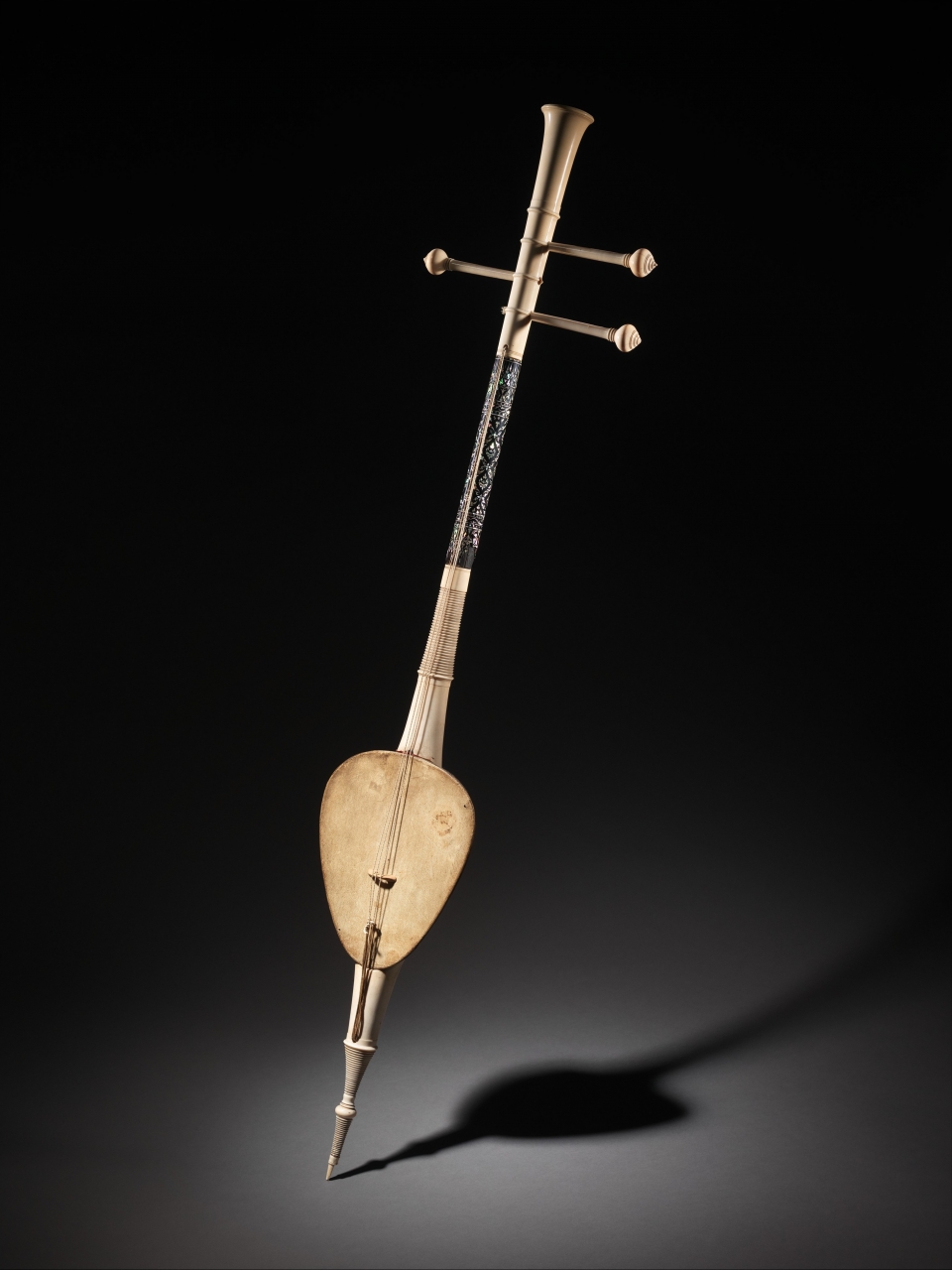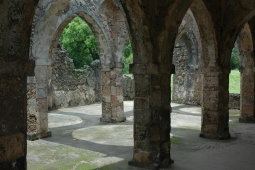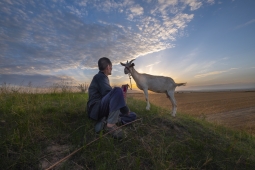Did You Know? Influences from the Arabian Peninsula and Iranian Plateau in Thai Music of the Ayutthya Period
© SIM Central and Southeast AsiaThailand has an abundance of natural resources and opportunities for agriculture which, combined with its advantageous location on the Maritime Silk Roads, has historically drawn people passing through the area to trade, and sometimes settle, in its port mercantile centres. As a result, the region became one of a number of truly pluralistic societies situated along the Maritime Silk Roads comprised of a broad mix of cultures and languages. Evidence for this cultural interaction and exchange can be found in the art exported to, and produced in, the region in forms ranging from expressions of religious faith to popular entertainment such as the dramatic arts and music. Although the flourishing of the arts in Thailand predates its emergence as a centre along the Maritime Silk Roads, the region was considerably transformed during the Ayutthya period (1350 – 1767 CE) by the continuous influx of people from the Indian Subcontinent, Arabian Peninsula, and Iranian Plateau, who had a significant impact on the music and musical instruments of the Thai court and introduced new melodies and compositions which quickly became popular and integrated into existing musical traditions.
Merchants from the Arabian Peninsula had settled in areas of the Western Indian Subcontinent such as the Malabar coast from as early as the 9th century CE. From there they reached Southeast Asia by sea bringing with them many aspects of their culture. Accordingly, by the end of the century Southeast Asia had become a cultural melting-pot which also included later contacts with merchants from the Iranian Plateau passing through Central Asia and the Indian Subcontinent. It was common during the early Ayutthya period for royalty to adopt aspects of foreign cultures, particularly social customs and styles of dress. For example, the Royal Court in Thailand was influenced by clothing originating in the Iranian Plateau adopting styles of hats and footwear from the region. In terms of the flow of cultural exchange these interactions also played a significant role in the development of music in Thailand with the introduction of new songs and instruments as well as the ways in which music was arranged.
A borrowing of musical culture from other regions along the Silk Roads took place gradually over time with the introduction of new instruments and playing styles which were themselves adapted in their new environments to create completely new instruments. Initially instruments were adopted from neighbouring regions such as Java and Malaysia, however, over time, as maritime contacts expanded new instruments from the Arabian Peninsula and Iranian Plateau reached Thailand. The most extant evidence for these exchanges come from surviving murals as the instruments themselves were often made from highly perishable materials such as light woods and animal skins. In particular in Thailand, murals were a highly narrative form of art which recorded a wide range of activities from both daily life and the Royal Court, and as such can be regarded as a reliable historical record of the development of musical traditions in the region.
Analysis of such murals has indicated that the popular instruments of this period include two types of lute, the three stringed ‘saw sam sai’ and the two stringed ‘rabab’, and two types of percussion instrument the ‘thap’ a goblet shaped drum and the ‘rammana’ a shallow drum similar to a tambourine without the cymbals. The saw sam sai was made using locally available materials including ivory, coconut shells, and goat’s skin. The thap drum is thought to have been originally imported from either the Arabian Peninsula or Iranian Plateau. However, originally played seated in a chair, in Thailand the drum underwent gradual modifications to its shape which made it easier to play sitting on the floor as it would have been in the Royal court of the period. Similarly, the rabab two stringed lute, was a direct descendent of an Arabic instrument which also appeared in Europe. With some additional Persian influences the rabab spread to Southeast Asia via the Maritime Silk Roads, reaching Java, Indonesia, and Thailand.
As music is both portable and durable, the exchange of musical traditions including the transmission and gradual evolution of many different instruments such as the lute and other string and percussion instruments, is one of the most prominent surviving shared heritages of the Silk Roads across South East Asia and beyond. Indeed, all along these historic routes, music and the performing arts remain a vital element of shared intangible cultural heritage transmitted from generation to generation, constantly recreated by communities and groups, providing a strong sense of continuity and identity.
See Also
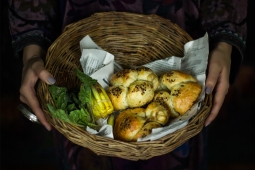
Medieval Cookbooks Reflecting Exchanges in Gastronomic Traditions along the Silk Roads
The ancient routes of exchange across Central Asia directly shaped the diets and foods consumed in Eurasia today. In fact, many of the most familiar grains, fruits, legumes, and nuts enjoyed around the world were first spread across Central Asia
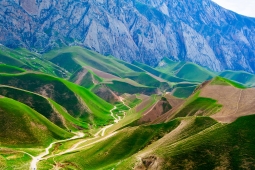
The City of Balkh: Ancient Capital of Bactria and Centre of Buddhism and Zoroastrianism along the Silk Roads
The city of Balkh, situated on the plain between the Hindu Kush Mountain range and the Amu Darya river (the ‘Oxus’ in antiquity), in the north of modern day Afghanistan, sat at a cross-roads along the Silk Roads
